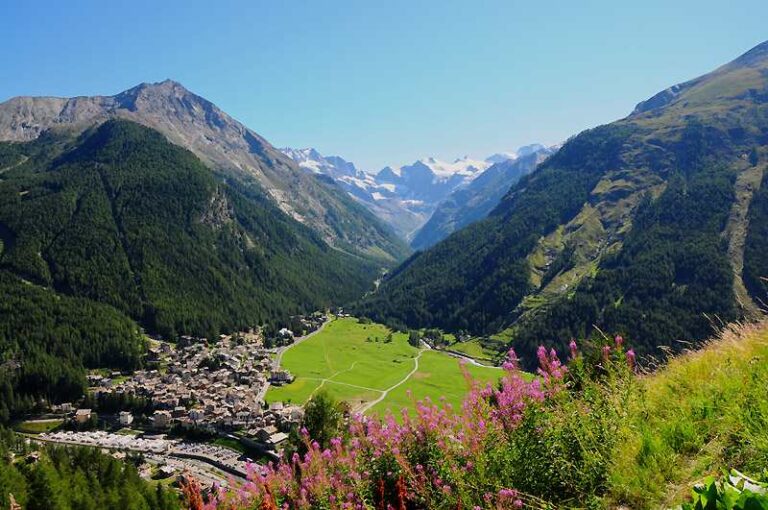Home » Europe » Helicopter transport for tourists revives tourism in Cogne
Tuesday, July 2, 2024
Reading time: 2 minutes
In an effort to revive tourism in the Cogne region, which has been hit by floods and landslides, Tourism Minister Daniela Saint-Ancier announced plans on Tuesday to set up helicopter transport for tourists.
The initiative aims to avoid the access challenges posed by recent natural disasters that severely affected the Aosta mountain resort.
Santanche, who visited Aosta to assess the situation after the floods, highlighted the potential benefits of a helicopter tourism project named “Cognès gives wings”.

She said: “This is an idea that will have a positive impact on the Aosta Valley and benefit the community of Cogne.”
As well as attracting tourists, the project also aims to support local businesses and prevent further economic decline in the area.
The Minister outlined the logistics of the initiative, explaining that tourists will be transported by helicopter directly from Aosta to Cogne.
Rather than putting people out of work, closing hotels and shutting down communities, she assured them she would try to attract tourists to Aosta, where they would be picked up by helicopter and taken to Cogne.
To ensure a sustained boost to the local economy, Santanche suggested that tourists be required to stay a minimum of four days in a hotel or 15 days in a villa.
The “Cogne Gives Wings” project highlights the government’s commitment to using innovative solutions to overcome infrastructure challenges and reinvigorate tourism in areas affected by natural disasters.
By offering helicopter transport, Saint-Ancier aims not only to restore Cogne’s attractiveness as a tourist destination, but also to demonstrate its resilience in the face of adversity.
Local stakeholders and residents have welcomed the initiative, seeing it as a positive step towards recovery and stabilization.
With planning underway and community support garnering for the project, the government’s helicopter tourism initiative could set a precedent for disaster-affected areas around the world and highlight the importance of adaptation strategies in sustainable tourism development.


